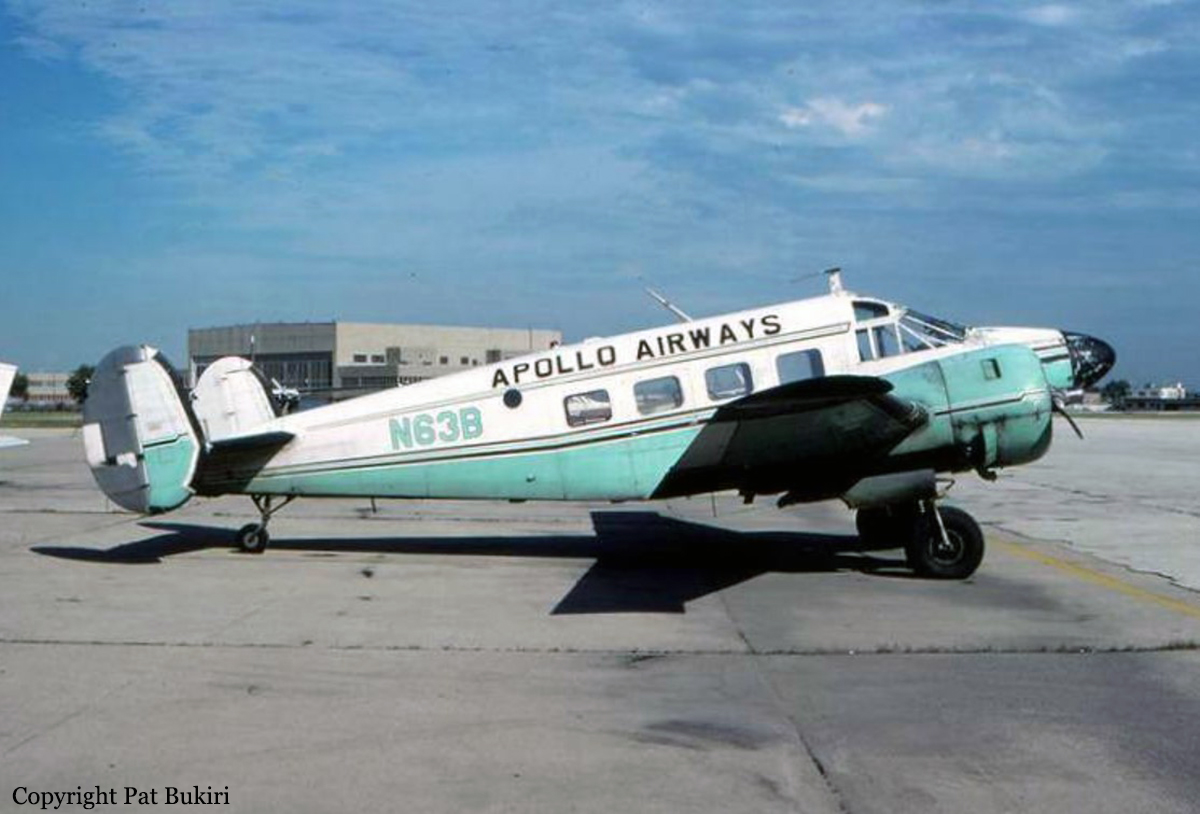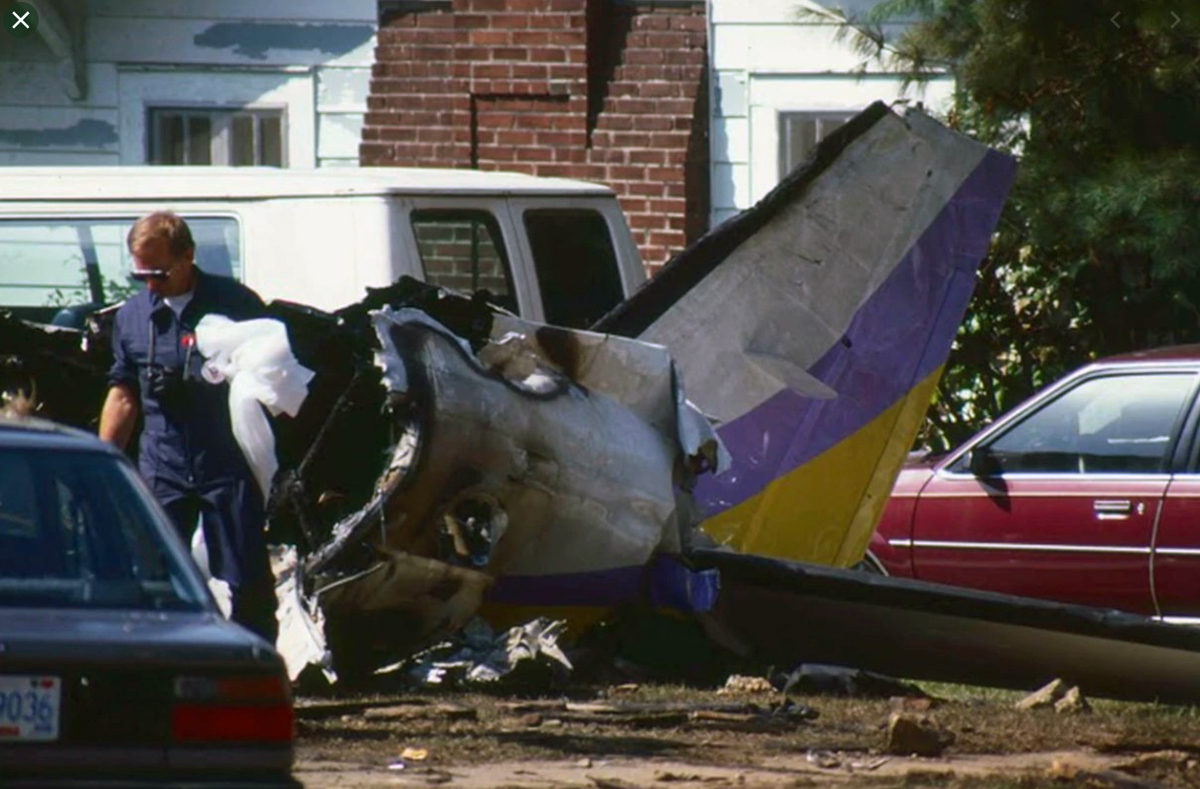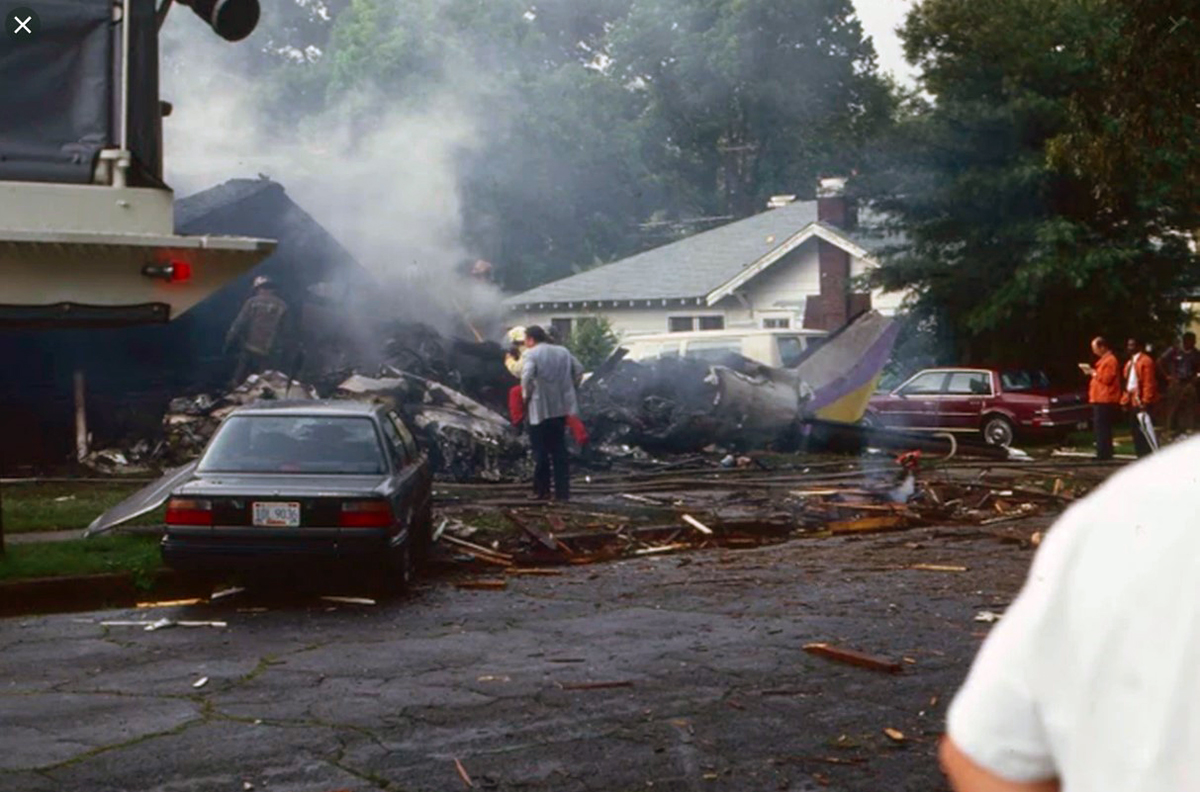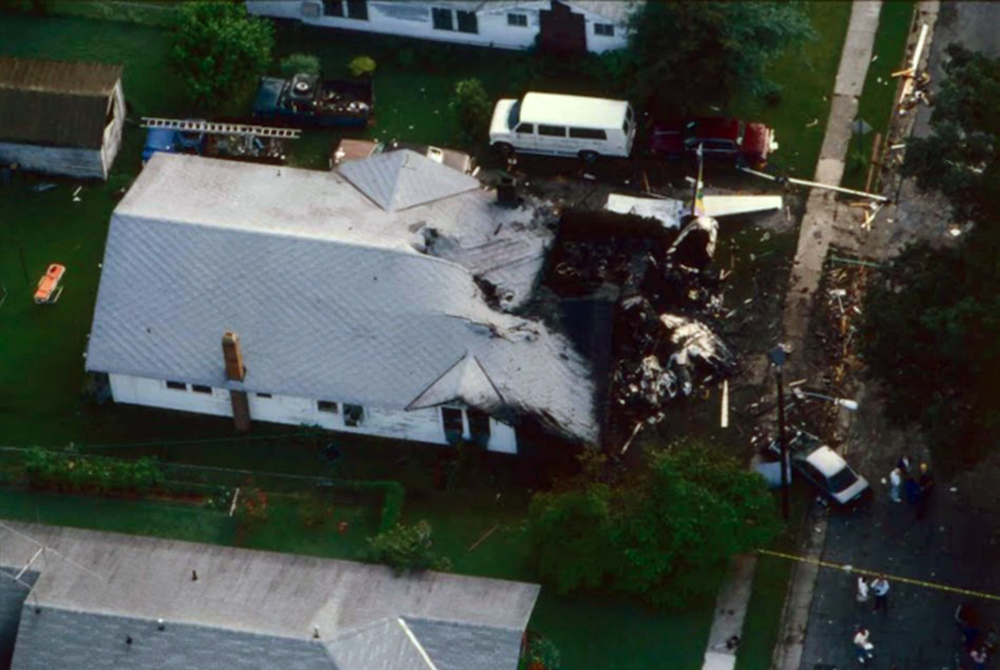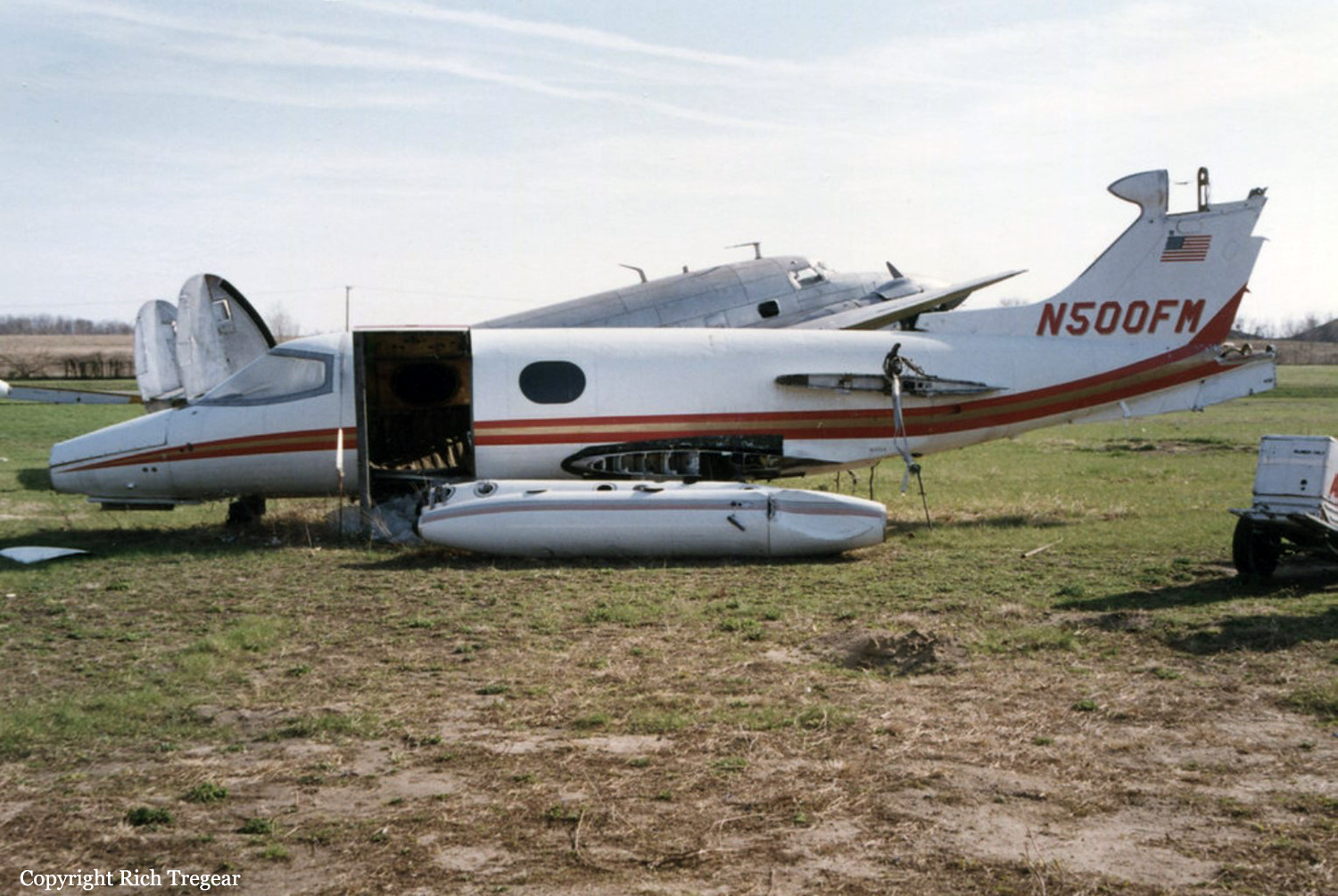Crash of a Britten-Norman BN-2A-26 Islander near Ketchikan: 4 killed
Date & Time:
Aug 20, 1991 at 1315 LT
Registration:
N68HA
Survivors:
No
Schedule:
Ketchikan - Wrangell
MSN:
2009
YOM:
1978
Crew on board:
1
Crew fatalities:
Pax on board:
3
Pax fatalities:
Other fatalities:
Total fatalities:
4
Captain / Total hours on type:
740.00
Aircraft flight hours:
16395
Circumstances:
Approximately 3/4 of an hour after departing for Wrangell, Alaska, the pilot of the regularly scheduled commuter flight contacted company dispatch approximately 30 miles from Ketchikan, and reported that he was returning due to weather. Shortly thereafter, the pilot communicated with another company pilot flying in the same vicinity and both pilots described the weather at their respective locations as 'marginal'. Weather conditions at the Ketchikan International Airport (18 nautical miles from the crash site) at the time of the accident were characterized by low ceilings, multiple cloud layers and reduced (3 mile) visibilities with light rain. The aircraft collided with trees/rising terrain at 800 feet msl while in a near level flight path headed east southeast. Right wingtip impact signatures indicated a very shallow right wing down/nose up attitude at the initial tree impacts. All four occupants were killed.
Probable cause:
The pilot's attempting to operate vfr in instrument meteorological conditions. Factors contributing to the accident were upsloping terrain in the aircraft's flight path as well as weather conditions resulting in an obscuration of the terrain.
Final Report:




